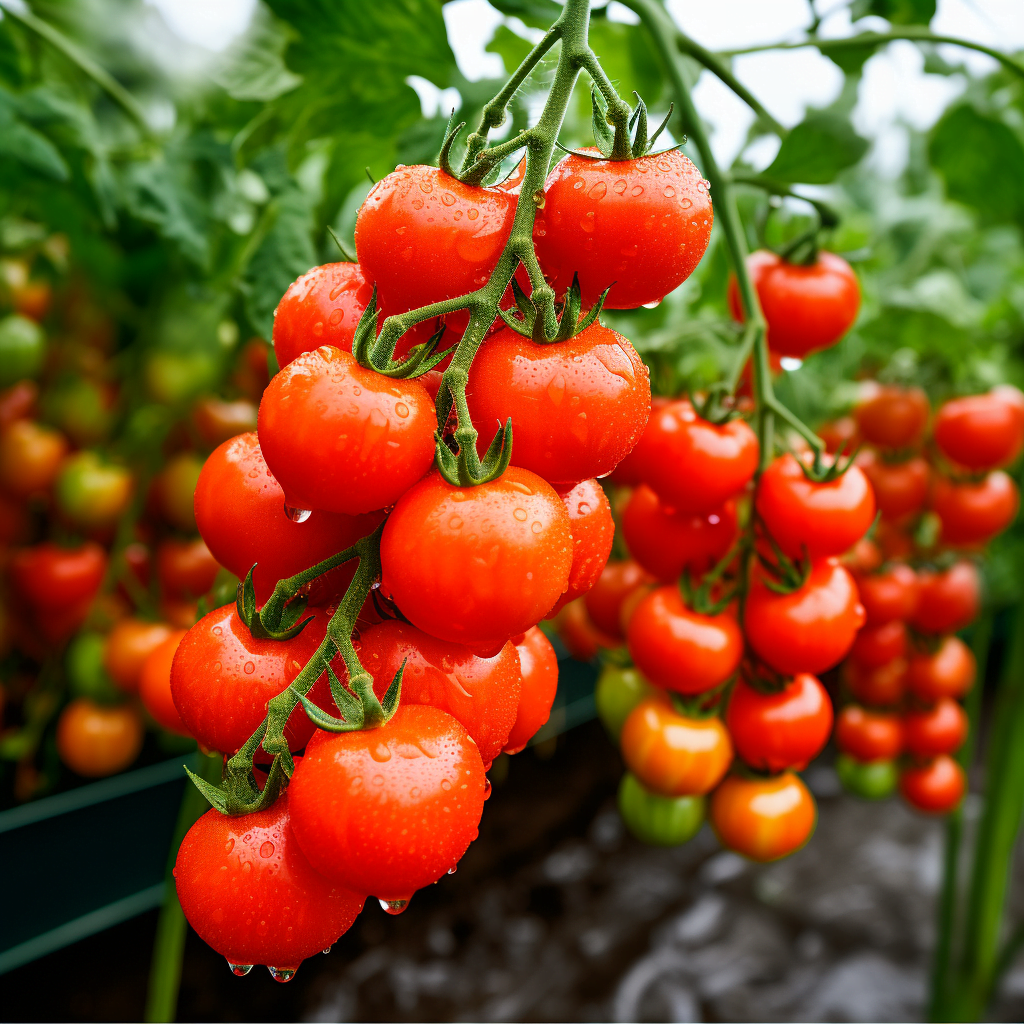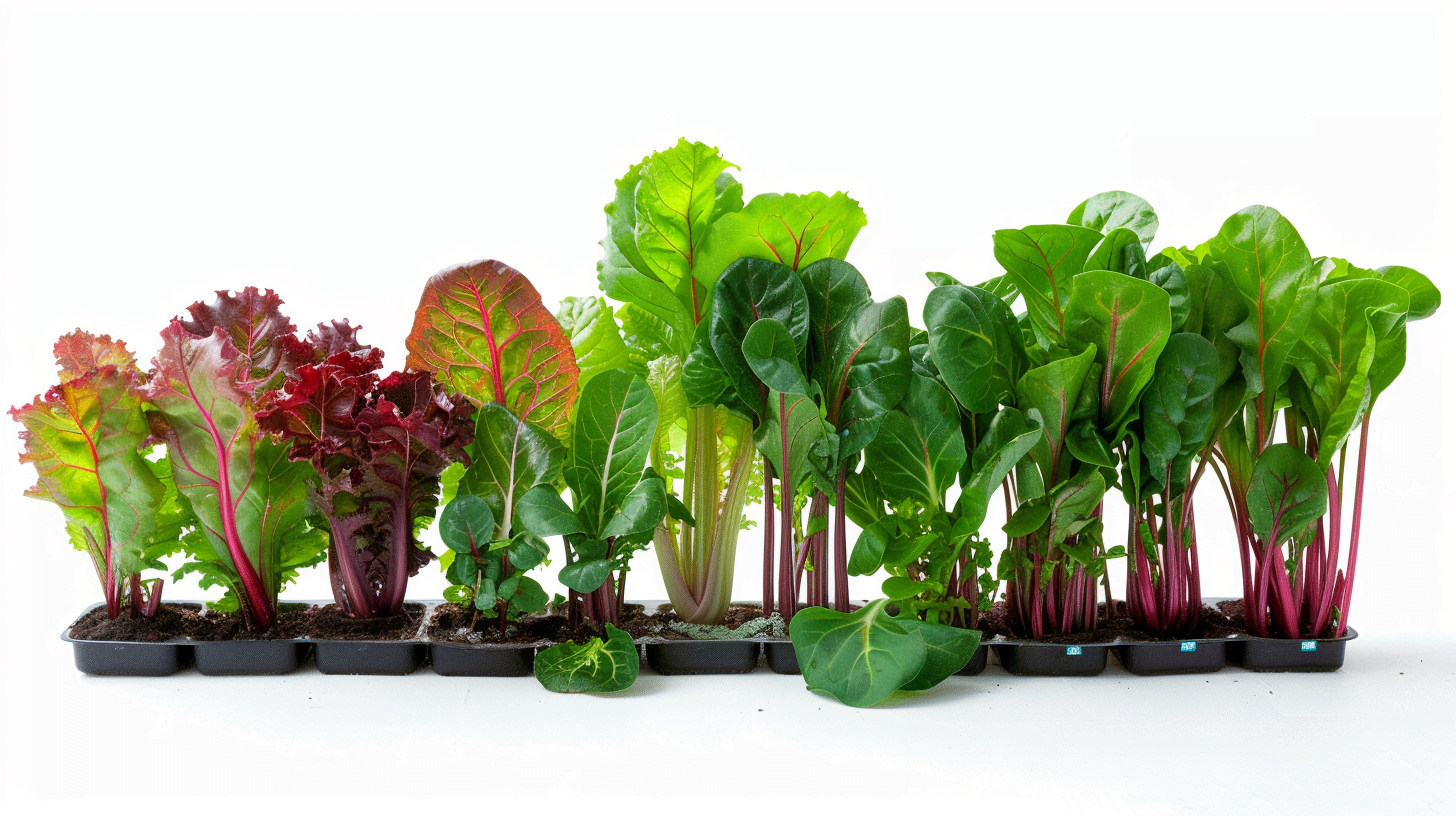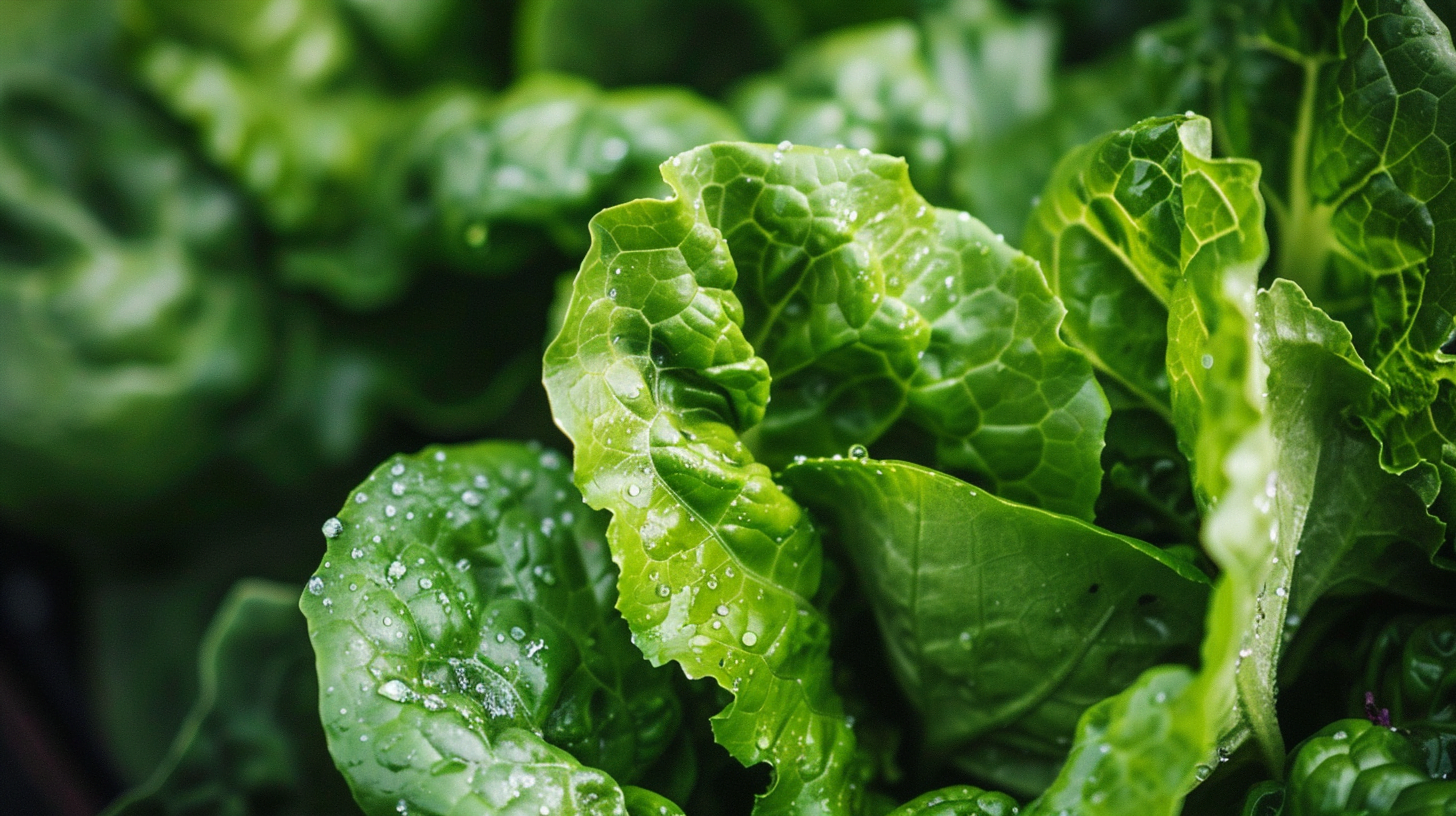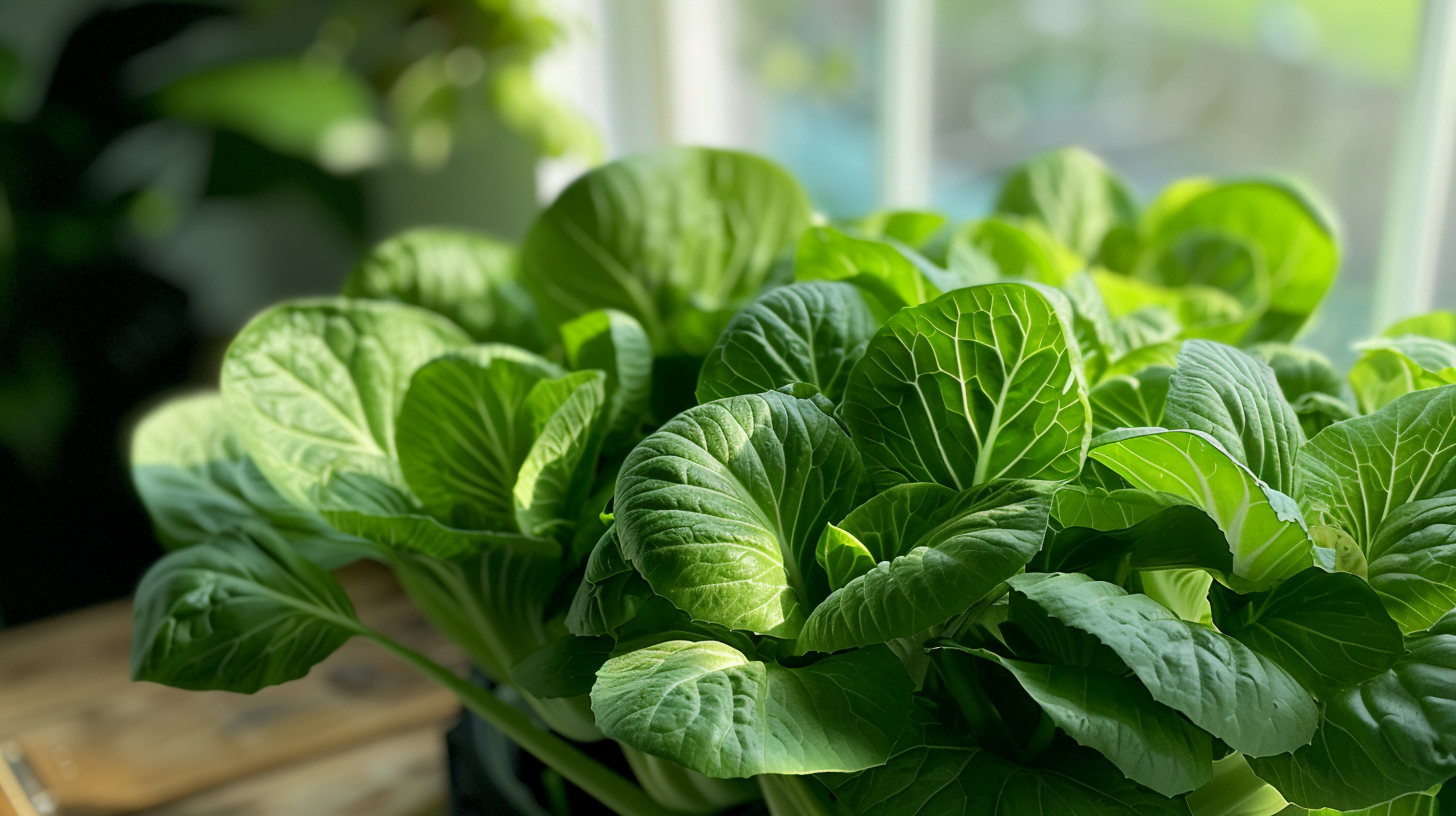Tomatoes are a staple in kitchens around the world, known for their versatility and vibrant flavor. But what if I told you that you could grow these juicy delights without a speck of soil? Welcome to the world of hydroponics, where water, nutrients, and a little bit of gardening savvy come together to produce luscious tomatoes all year round. In this comprehensive guide, we’ll dive into everything you need to know about growing tomatoes hydroponically, from choosing the right system to harvesting your very own home-grown tomatoes. So Can I Grow Tomatoes Hydroponically? The short answer is simply Yes we can!
What is Hydroponic Gardening?
Hydroponic gardening is a method of growing plants without soil, using mineral nutrient solutions in an aqueous solvent. This technique has roots dating back to the ancient Hanging Gardens of Babylon and the floating gardens of the Aztecs. In modern times, it’s a space-saving, water-efficient alternative to traditional gardening. While it might sound complex, the core principle is simple: providing plants with exactly what they need, directly to their roots.
Why Choose Tomatoes for Hydroponic Gardening?
Tomatoes are not just a popular choice for gardeners; they are also incredibly well-suited for hydroponic systems. Hydroponically grown tomatoes can be more flavorful, and the controlled environment often leads to larger yields and fewer issues with pests and diseases. However, keep in mind that they also require careful attention to nutrient delivery and environmental conditions.
Types of Hydroponic Systems for Tomatoes
Several hydroponic systems can be used for growing tomatoes, each with its own set of benefits.
Deep Water Culture (DWC)
In this system, plants’ roots are suspended in a nutrient-rich oxygenated water solution which promotes rapid growth. Tomatoes thrive in DWC due to the constant access to nutrients.
Nutrient Film Technique (NFT)
With NFT, a thin film of nutrient solution flows over the roots of plants placed in channels. It’s particularly efficient for space and water use, making it a great choice for tomatoes.
Ebb and Flow (Flood and Drain)
This system periodically floods the plant roots with nutrient solution before draining it away. Tomatoes benefit from the oxygenation that occurs between flood cycles.
Drip Systems
A drip system delivers nutrient solution directly to the base of each tomato plant. It’s a precise system that can be customized for the needs of each plant.
Aeroponics
An advanced system where roots hang in the air and are misted with nutrients. This maximizes oxygen exposure and nutrient absorption for the tomato plants.
Choosing the Right Tomato Varieties for Hydroponics
Not all tomatoes are created equal when it comes to hydroponic systems. Determinate varieties, which grow to a fixed size and produce a single harvest, are often easier to manage. Indeterminate varieties, on the other hand, grow continuously and produce fruit over a longer period, which can be great for a continuous supply.
Recommended hydroponic-friendly tomato varieties:
- Cherry Tomatoes: ‘Sweet Million’, ‘Gold Nugget’
- Beefsteak Tomatoes: ‘Better Boy’, ‘Big Beef’
- Heirloom Tomatoes: ‘Brandywine’, ‘Black Krim’
Setting Up Your Hydroponic Tomato Garden
To get started, you’ll need a few key supplies:
- Hydroponic system (choose based on the types mentioned above)
- Grow lights (if indoor)
- pH meter and TDS (Total Dissolved Solids) meter
- Nutrient solution
- Seedlings or seeds
- Net pots or grow baskets
- Air pump and air stones (for DWC and Aeroponics)
- Timer for lights and pumps
Follow these steps to set up your system:
- Assemble your hydroponic system according to the manufacturer’s instructions.
- Mix your nutrient solution and fill the system’s reservoir.
- Test and adjust the pH of your solution to the ideal range for tomatoes (5.5-6.5).
- Plant your tomatoes in net pots filled with a suitable growing medium like Rockwool.
- Position your grow lights to provide sufficient light for 14-18 hours per day.
- Monitor and maintain the system daily, checking for proper nutrient levels and pH.
The Nutrient Solution: Feeding Your Hydroponic Tomatoes
Tomatoes require a balanced blend of nutrients, including nitrogen, phosphorus, potassium, calcium, magnesium, and various trace elements. Pre-mixed nutrient solutions are available, or you can mix your own using individual components. It’s crucial to monitor the nutrient concentration using a TDS meter and adjust as needed to maintain optimal levels for tomato growth.
Lighting and Environmental Factors
Light is a critical component of plant growth, especially for fruiting plants like tomatoes. If you’re growing indoors, LED or HID grow lights are the most efficient. Aim for a light schedule of 14-18 hours per day.
Temperature and humidity also play a significant role. Tomatoes prefer a temperature range of 65-85°F (18-29°C) and humidity levels between 40-70%. Use fans, humidifiers, or dehumidifiers to maintain these conditions.
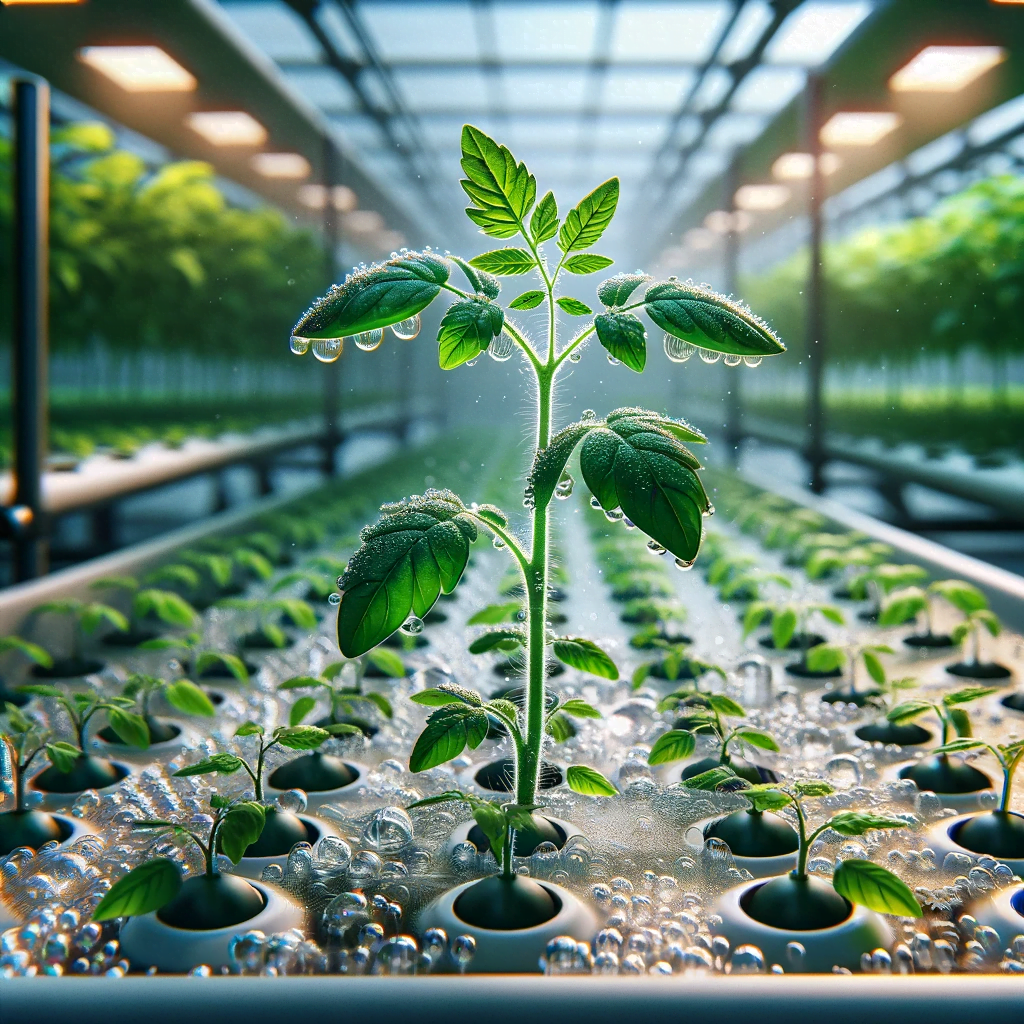
Planting and Transplanting
Starting with seeds requires germination in a separate tray before transplanting into the hydroponic system. If you’re using seedlings, gently clean off any soil and place them in the net pots. Ensure the roots make good contact with the nutrient solution.
Daily and Weekly Maintenance Routines
Daily:
- Check and adjust the nutrient solution level.
- Monitor the pH and TDS.
- Observe plant health for any signs of stress or disease.
Weekly:
- Clean the system to prevent algae growth.
- Replace or top up the nutrient solution.
- Prune any unnecessary foliage to promote air circulation and light penetration.
Common Problems and Solutions in Hydroponic Tomato Growing
Nutrient imbalances can cause issues like blossom end rot or leaf chlorosis. Regular monitoring and adjustment of your nutrient solution can prevent these problems. If pests or diseases do appear, identify them early and use hydroponic-safe treatments to manage the issue.
Harvesting Your Hydroponic Tomatoes
Tomatoes are ready to harvest when they are firm and have reached their full color. Pick them gently to avoid damaging the plant, and enjoy the fruits of your labor!
Success Stories and Case Studies
Many gardeners have found success with hydroponic tomatoes. For example, a study published in the “Journal of Plant Sciences” found that hydroponic tomatoes can have a 20% higher yield compared to soil-grown counterparts. Gardeners often report faster growth rates and larger, more consistent fruit sizes.
Conclusion
Growing tomatoes hydroponically can be a rewarding endeavor that yields tasty results. With the right setup and care, you can enjoy fresh tomatoes any time of the year.
FAQs
- Can hydroponic tomatoes taste as good as soil-grown ones?
Yes, with proper nutrient management, they can taste just as good, if not better. - How long does it take for hydroponic tomatoes to grow?
From seed to harvest, it typically takes about 2 to 3 months, depending on the variety. - Can I use organic nutrients in my hydroponic system?
Absolutely, there are organic options available for hydroponic systems. - How much does it cost to set up a hydroponic tomato garden?
Initial setups can range from a few hundred to a few thousand dollars, depending on the scale and complexity.
Resources and Further Reading
For those hungry for more knowledge, check out the following resources:
- “Hydroponic Food Production” by Howard M. Resh
- “The Hydroponic Bible” by Christopher Sloper
We invite you to share your hydroponic adventures in the comments below and join a community of fellow gardening enthusiasts. Happy hydroponic gardening!
